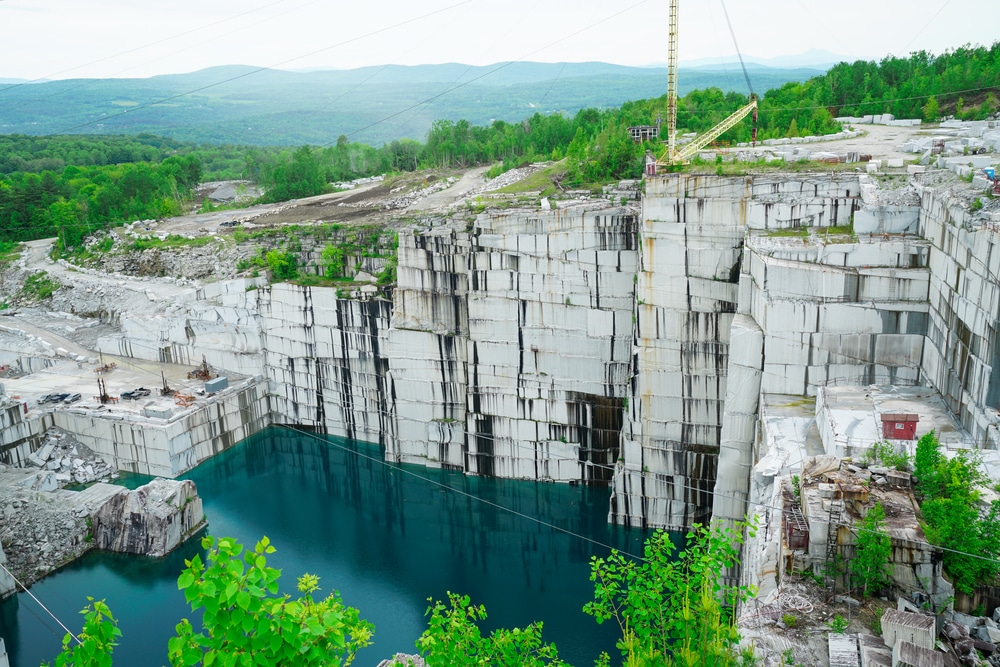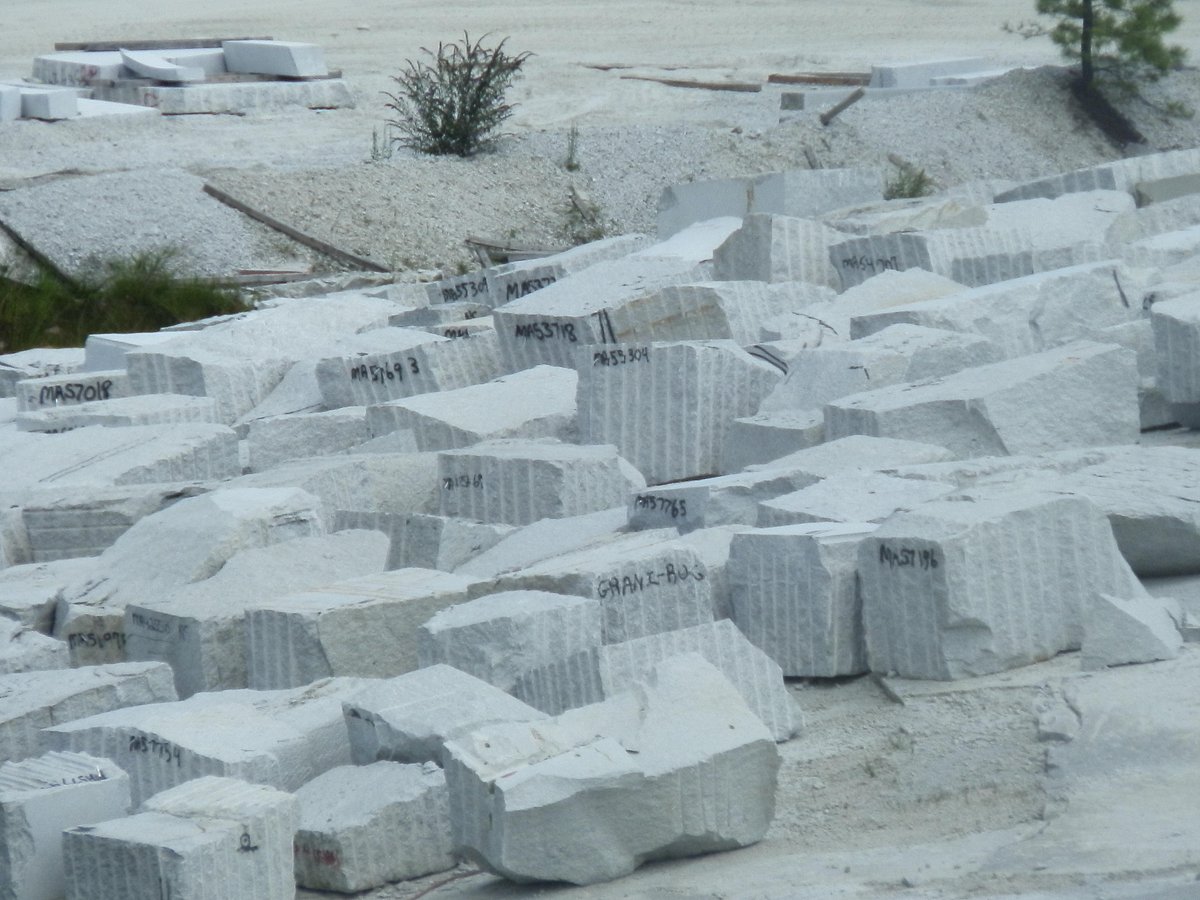Unearthing the Rich Background and Lasting Practices of Granite Quarrying
As we stand on the precipice of revealing the complex tapestry of granite quarrying, a journey via time discloses not simply the physical act of extracting rock yet additionally the social and historic significance woven into the really material of this technique. From the old beginnings that laid the foundation for contemporary quarrying strategies to the lasting practices that are forming the future of this sector, each sculpt mark on granite surface areas narrates waiting to be discovered (granite quarries in south africa). The legacy of granite quarrying stretches far beyond simple extraction; it is a testament to human resourcefulness, durability, and the enduring appeal of this majestic rock
Old Beginnings of Granite Quarrying
Dating back to ancient people, the technique of quarrying granite has been an essential component of human background and building advancement. The earliest evidence of granite quarrying days back to old Egypt, where massive pyramids and elaborate sculptures were crafted from this long lasting rock. The Egyptians utilized primitive devices to remove granite blocks from quarries, showcasing the importance of this material in their significant buildings.
Relocating onward in history, the Greeks also made substantial payments to the quarrying of granite. The Greeks used granite in numerous architectural wonders, such as holy places and statues, showing their skill in shaping and carving this durable stone. The Romans even more refined the strategies of quarrying granite, utilizing innovative devices like chisels and hammers to extract and shape granite for their renowned structures.
Via the centuries, the practice of quarrying granite has developed, with contemporary innovations enhancing efficiency while preserving the classic allure of this all-natural rock - granite quarries in south africa. From old human beings to contemporary building contractors, the tradition of granite quarrying remains to form our world
Development of Quarrying Strategies
The development of quarrying strategies has been marked by a constant development in the direction of higher efficiency and accuracy in drawing out granite. From the simple techniques employed by our forefathers to the advanced modern technologies utilized in contemporary quarrying procedures, the industry has undertaken considerable improvements. Early quarrying methods entailed hands-on labor with basic devices such as blades, hammers, and wedges to extract granite blocks from the planet. As worlds progressed, strategies like fire-setting and primitive nitroglycerins were introduced to promote the removal process.
In more current times, the arrival of equipment transformed the quarrying industry, enabling quicker removal rates and increased performance. Technologies such as ruby cable saws, high-pressure water jets, and pneumatic drills have actually become common in modern quarries, enabling accurate cutting and lowered waste. Developments in computer-controlled tools and 3D modeling have actually enhanced quarrying procedures, leading to minimal ecological effect and improved sustainability techniques. As the demand for granite proceeds to climb, the development of quarrying strategies remains integral to meeting sector needs efficiently and sustainably.
Social Relevance of Granite
Granite holds an extensive social relevance throughout numerous people as a result of its long-lasting visibility in building work of arts and respected monoliths. From the stunning pyramids of Egypt to the intricate carvings of the Angkor Wat holy place in Cambodia, granite has been a material of choice for revealing grandeur and durability in social heritage. my link In old Rome, granite columns embellished holy places and public structures, symbolizing strength and durability. The cultural relevance of granite expands beyond its physical qualities; it symbolizes durability, security, and eternity, making it an icon of sustaining heritages and practices.

Sustainable Practices in Quarrying
Among the abundant history of granite quarrying and its cultural reference importance exists an expanding focus on lasting techniques within the market. As ecological recognition and problems concerning source depletion have actually enhanced globally, the quarrying market has increasingly embraced sustainable methods to minimize its effect on the environment and surrounding communities.

Furthermore, reclamation and rehabilitation of quarry sites post-extraction are integral to lasting techniques. By recovering quarried locations to an all-natural or beneficial state, such as creating wildlife environments or entertainment rooms, quarriers can counter the ecological impact of their operations and contribute positively to the neighborhood community.
Heritage of Granite Quarrying
With a historic backdrop soaked in workmanship and commercial development, what withstanding impact has granite quarrying left on the landscape of modern culture? The heritage of granite quarrying goes beyond simple removal methods; it has shaped discover here architectural marvels, metropolitan landscapes, and social heritage worldwide. The long lasting nature of granite has actually made it a preferred choice for monuments, buildings, and facilities, standing as a testimony to the ability and creativity of quarry employees across generations.
Moreover, the financial footprint of granite quarrying can not be overlooked. The sector continues to provide job opportunity and drive regional economies in areas where granite removal prevails. It has actually likewise stimulated technical improvements in quarrying techniques and devices, bring about much more efficient and lasting techniques.
In regards to sustainability, the heritage of granite quarrying consists of initiatives to mitigate environmental impacts through reclamation jobs and liable resource management. By stabilizing economic passions with ecological stewardship, the industry aims to make sure that future generations can remain to gain from this long-lasting all-natural resource.
Final Thought
